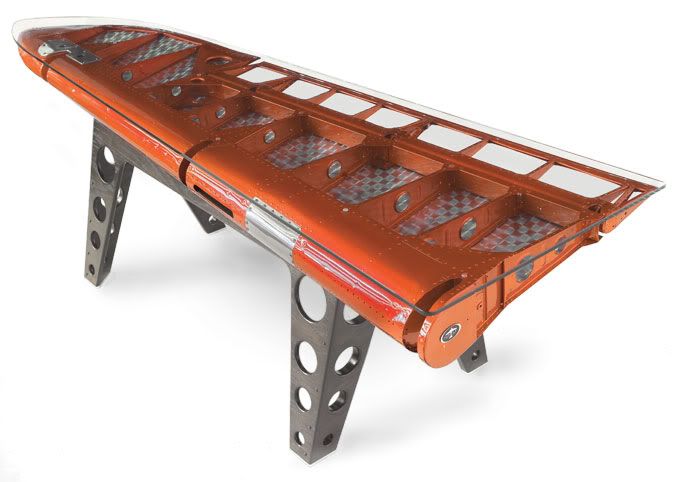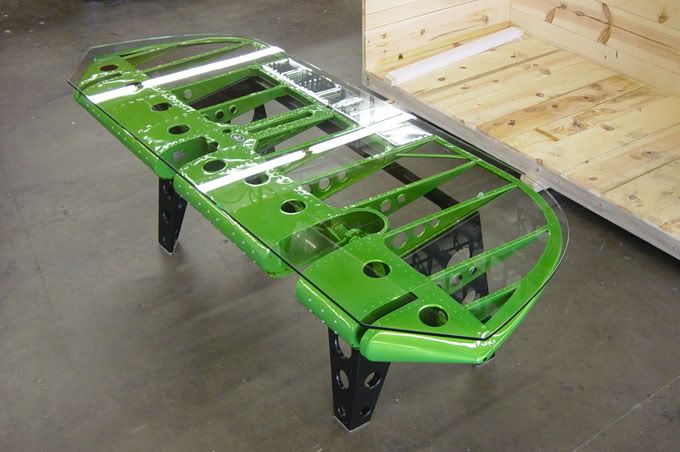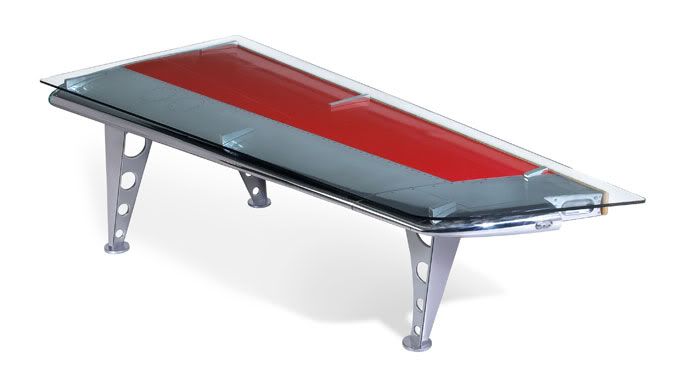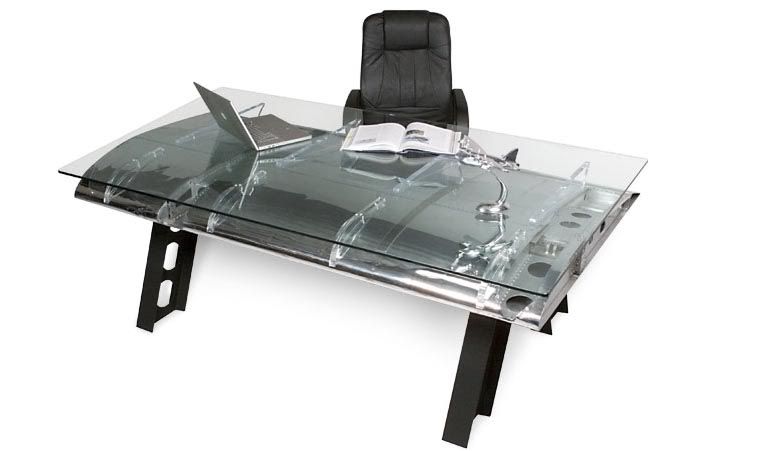As much as I admire Howard Hughes, I would never dare classify myself as an aviator, or even a connoisseur of the aviation industry. Such aspirations seem to fall beyond my reach or ambitions, but I don't think it would be much of a stretch to stay I find myself drawn to the mechanical world. It doesn't feel like there was any way around it either. Not only did I spend a couple years studying Mechanical Engineering, but I am, after all, a guy. That's not to sound sexist in the least, but I've grown into a belief that I share my passion for machinery with almost everyone carrying a Y-chromosome. If you add in a felt responsibility to prove ones worth and valor, boom, there you have it. What do you have? You have every little boy looking up at the sky, watching the trails of the planes zipping around, even if they are so distant we can't even tell if they are moving, much less make out any fine detailing. When we are young, we play with little metal replicas of the jets flown by the Blue Angels, but, as we grow older, those little toys just can't cut the mustard. So, we go bigger, and we only let ourselves be limited by the degree to which we choose to forgo other financial responsibilities. In other words, we're only held back by the size of our wallet, or how much we can let ourselves spend without starving to death. Most everyone takes a plane from time to time, but we want something we can call our own. Some guys build model planes while some travel the skies in their own private jets. That seems like quite a jump. So, what about those in between?
That's where MotoArt (link below) and their sculptures come in. Born from the breeding of their passion for scrap metal and their childhood passion for aviation, Donovan Fell III and his business partner Dave Hall turn salvaged metal into functional art. I may be mistaken, but the entire opportunity seems to have come about purely by accident. In 1998, while the gentleman in charge of collecting their scrap metal was making his usual stop, Donovan noticed some abused parts that appeared to be remnants of planes much like those of his younger years in Southern California, and he was quick to work out a deal. After spending a few weekends restoring those chunks of metal, Donovan needed to find a use for them, and mounting them to a wall didn't seem reasonably feasible. That's when he was struck with the idea of sculptures based on single blades, and he quickly found his passion was shared and, of course, that he had a market. Though the company has branched out into creating pieces based on other aviation components, I can't help but think most people, like me, are still primarily drawn to the desks.
Each piece is unique, and each piece tells its own story. The orange desk at the beginning of this post is crafted from the flaps of a Fairchild C-119 Flying Boxcar, a military transport aircraft used by the Navy, Marines and Air Force in the early 1950s (link below). The green desk is carved from the wing of a North American B-25 Mitchell Bomber, a medium bomber flown by military groups across the world for nearly forty years, from the early 1940s until the end of the 1970s (link below). The red desk is labeled as a stabilizer wing desk and cuts itself from the body of a McDonnell Douglas DC-9 jetliner, a primarily commercial airliner whose variants flew for forty one years, starting in 1965 (link below). Though this represents only a portion of their line, the last desk I chose to display is made from the flap of a Lockheed C-130 Hercules, a four-engine propeller-driven transport aircraft whose versatility leaves its variants still in both production and service today, some 56 years after its first flight in 1954.
In my opinion, their perfected craft has brought together the beauties of more passions than I can currently summarize. In the spirit of the restoration community, they manage to bring new life to something that was destined to be destroyed. As those obsessed with the collection of antiques, they give a few more years to items that were destined to be discarded. They even manage to bring in the sector of society that finds pleasure in the repurposing of common, but ignored, pieces. They have combined form and function, and they allow people to not only bring a piece of aviation and art into their home, but leave their kids with a piece of history. Since it turns out they have a showroom in Los Angeles, I might find myself getting some hands-on exposure. However, though I find them beautiful and would love to call one of them my own, their pricing, which can go anywhere from $5,000 to $60,000, puts it in the category of things of which I might just have to dream. Well, I guess that's still more affordable than an actual functioning jet, and I might aspire to procure one as the centerpiece of my workplace. I can't help but attach some perceived pleasure to such a purchase, if only to be able to tell people that I'm working on a piece of history.
Links:
MotoArt: Website
Fairchild C-119 Flying Boxcar: History and Description
North American B-25 Mitchell Bomber: History and Description
McDonnell Douglas DC-9: History and Description
Lockheed C-130 Hercules: History and Description




No comments:
Post a Comment